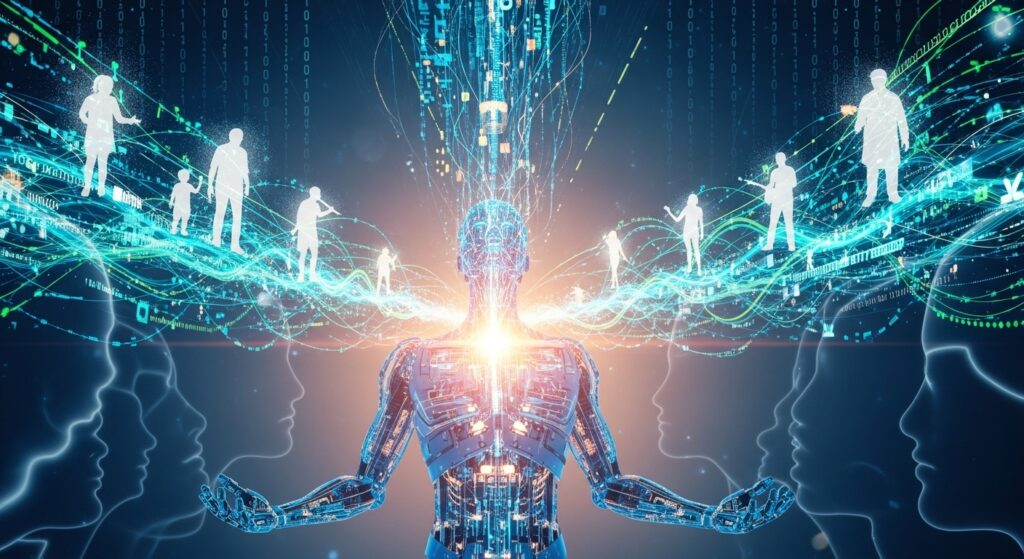
I used to think that artificial intelligence (AI) is absolutely neutral and objective.
Machines are just lines of code, right? However, I quickly discovered that AI can be
biased in the same way humans are, and in some cases, even more so. This is where
the idea of AI bias comes into play. It is crucial to understand how and why this occurs
to anyone who interacts with AI systems, which is all of us today.
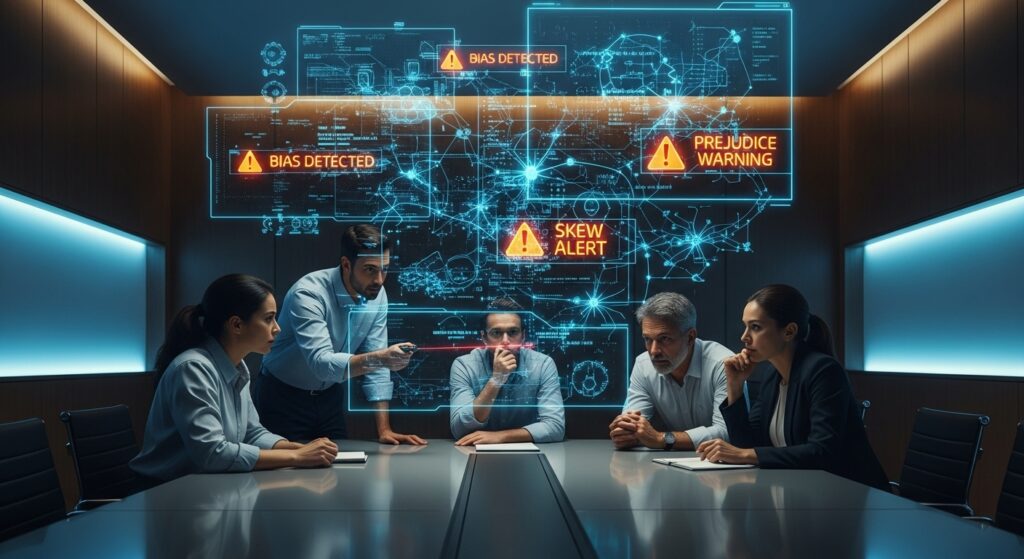
The first time I read an article on what is AI bias and why does it matter, it changed my
mindset. I understood that AI is trained using human-generated data, and in case the
data is biased, the AI will learn it without knowing. This is risky since biased AI systems
can influence hiring, healthcare, law enforcement, and other decisions.
AI does not have opinions, but it learns patterns. In case those patterns are unjust or
one-sided, the AI will make decisions according to them. That is why AI bias is an
invisible threat that can lead to real-life outcomes.
How Does AI Bias Happen?
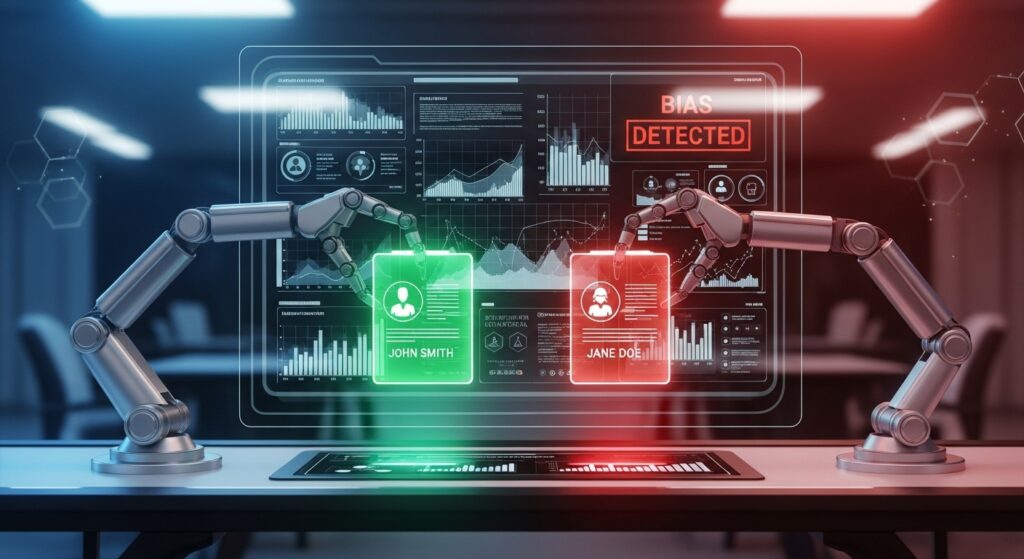
AI systems are trained on the basis of large data sets. When the data contains biases, the AI
will copy those biases and use them. As an illustration, an algorithm used in the hiring process
would carry on with the same tradition based on past hiring records that prioritized men more
than women. This is not because AI is evil but because it is behaving how it was trained to
based on the information supplied to it.
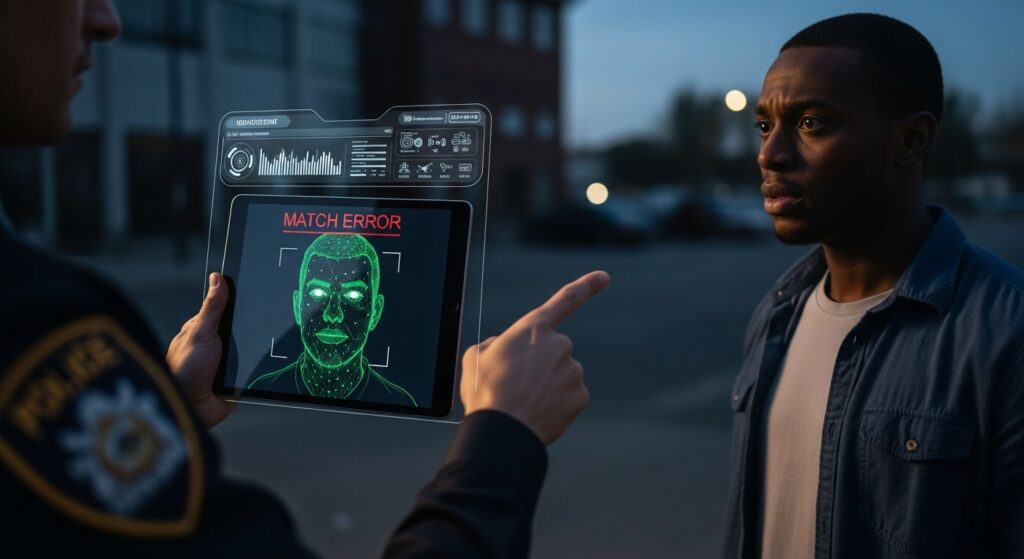
In facial recognition technology, it has been claimed that it impacts negatively through data
collection. Certain ethnicities have been reported to have a higher error rate when attempting to
identify them through AI systems. This is primarily because the training data was not diverse
The AI was not presented with enough examples of different faces and thus it turned out to be
less precise regarding certain groups.
Why AI Bias Matters to You and Me
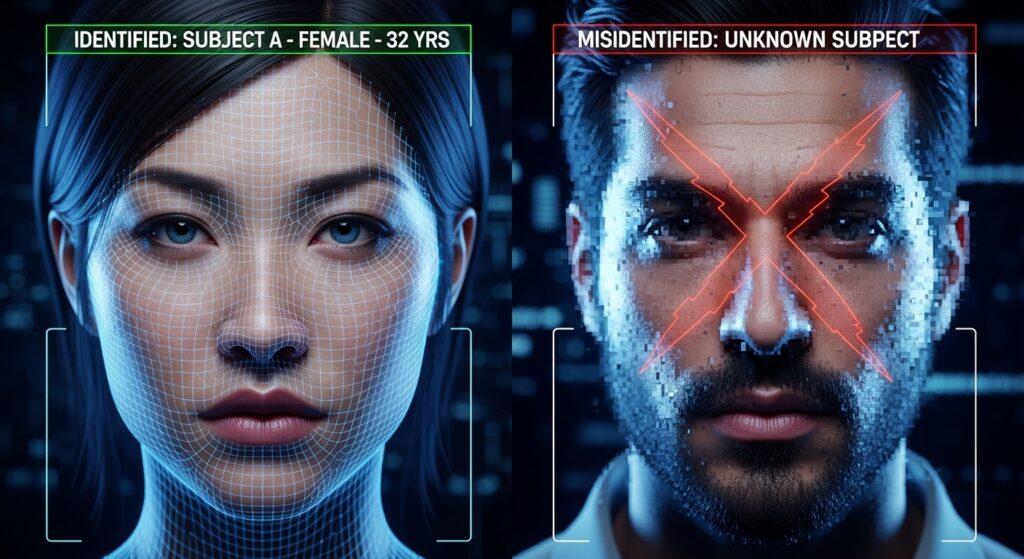
You may say, “Well that sounds technical, why would I care? However, AI applications are
applied in all spheres including loan application and job screening. The biased systems may
end up making unfair decisions affecting real people. Even knowing that such biases exist is
bad enough because most of the time these biases are disguised, making them even more
difficult to uncover.
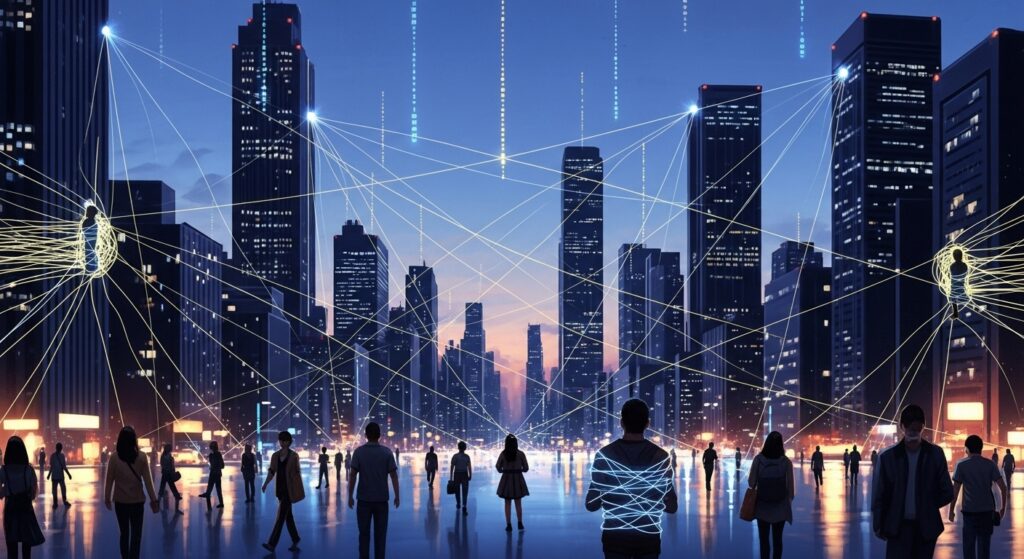
Think of turning in an application and being rejected due to an AI screening program not liking
something about your resume or just your name. Or consider being misdiagnosed by a
healthcare AI system that had not been trained on data that encompassed people like you. It is
not science fiction and all that, these are acknowledged realities that are taking place today.
Real World Examples of AI Bias
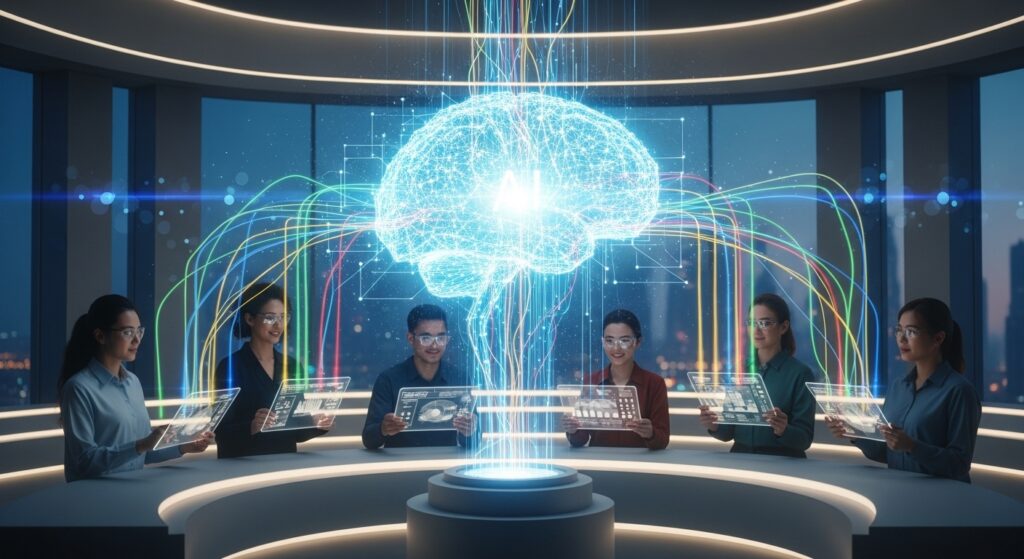
- Here are some of the real life examples of AI bias and how it created problems:
- Hiring Algorithms – A number of organizations have had to do away with their AI based
recruitment tools after they were found to be discriminatory against women as compared
to men. - Facial Recognition Errors — Police departments have already encountered a backlash
when facial recognition technology falsely identifies people of color and results in their
wrongful arrests. - Healthcare Disparities – AI systems in healthcare have been shown to make less
accurate diagnoses on the members of minority groups because of biased training data.
How Can We Reduce AI Bias?
● Even though it is a significant issue that should be addressed, AI bias is not an
unsolvable problem. In the following, you will find some of the methods developers and
companies are taking to mitigate AI bias:
● Enhanced Training Data: The more well-balanced and comprehensive datasets are
used, the more fair and demanding of the training of AI systems can be.
● Transparency: Developers are being pushed to be more open on AI algorithms, that it
should be obvious how decisions are coming.
● Periodic audits: There must be regular testing and audit of the AI systems so that they
are not found to act in biased manners.
Key Takeaways
● AI bias occurs when an AI system picks up a pattern based on biased data and then
makes unfair decisions.
● Such prejudices may influence the situation in real life such as employment, medicine,
and policing, affecting the lives of people.
● To minimize the bias in AI, it is essential to diversify the data, make algorithms
transparent, and monitor them continuously.
FAQs
And so, what is AI bias in other words?
AI bias occurs when an algorithm (computer program) is unjustly or one-sidedly trained by the
training data. This has the potential to cause incorrect and unfair decisions by the AI.
Is it possible to make AI bias-free?
No, it is very hard to eliminate bias since AI is trained by the data created by people, which has
its bias. Nevertheless, some measures can be adopted in order to reduce it to the minimum.
What is wrong with AI bias?
Bias in AI is dangerous as it can influence genuine choices about human lives, such as
employment, medical condition, or even a court case. It tends to strengthen unjust treatment
and discrimination when not controlled.
Who is to blame with regard to AI bias?
Although the AI systems themselves are not responsible, the companies and the developers,
and the data providers are. They must have a way of ensuring that the AI has learned on fair
and diverse data and that the AIs are periodically tested on the biases.
What should I look out in terms of AI bias?
When a person is an end-user, it might be challenging to detect the AI bias since it can be
masked. But the awareness about the possibility and posing questions on how the AI makes
decisions can create some changes in awareness.
Is the problem of AI bias new?
Bias in AI is not new; as long as the AI is used in the real world there will be bias. Nonetheless,
the need to mitigate AI bias has been increasing along with the popularity of AI in everyday life.
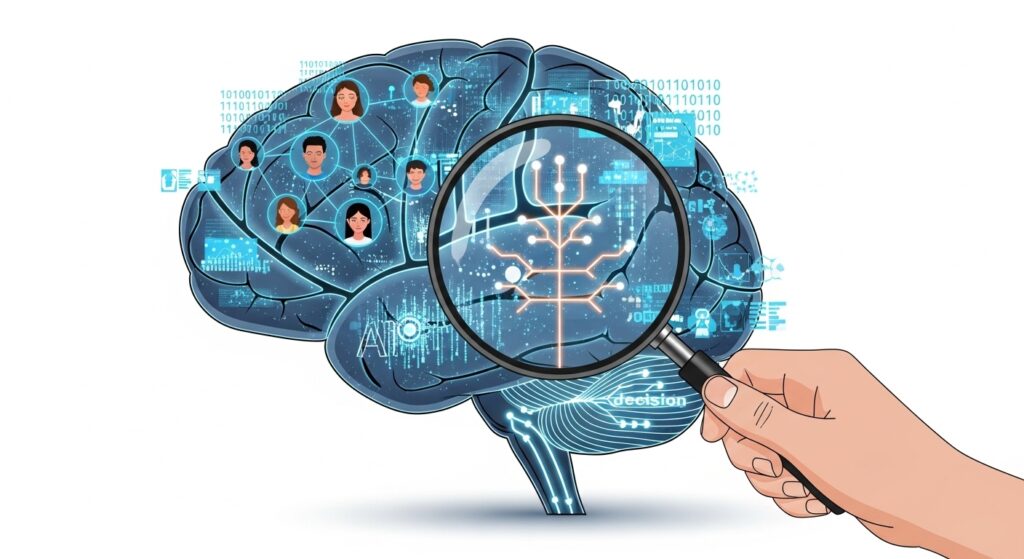
Slots are so fun, but knowing a platform is secure is key! Seeing ArionPlay prioritize verification (KYC) is reassuring. Plus, easy deposits via GCash – check out arionplay legit for a smooth experience! It’s great they cater to all players.
Dice games are surprisingly complex when you start thinking about probabilities! It’s cool how a platform like vipph app download apk focuses on a smooth, secure experience – makes enjoying those games even easier. A VIP approach is smart!
Smart bankroll management is key with any online gaming, honestly. Seeing platforms like ph978 casino slot offer diverse games is cool, but responsible play is paramount. Always set limits! It’s about fun, not chasing losses.
That level design was chef’s kiss! Seriously immersive. Thinking about trying out new platforms too – heard good things about the streamlined experience at arionplay link, especially with those local payment options. Seems legit!
Really interesting read! The focus on local preferences-like easy GCash deposits-is smart. Seamless transactions are key! Have you checked out peryagame slot? They seem to get that ‘Laro ng Puso’ vibe perfectly, offering a truly Filipino experience. 👍